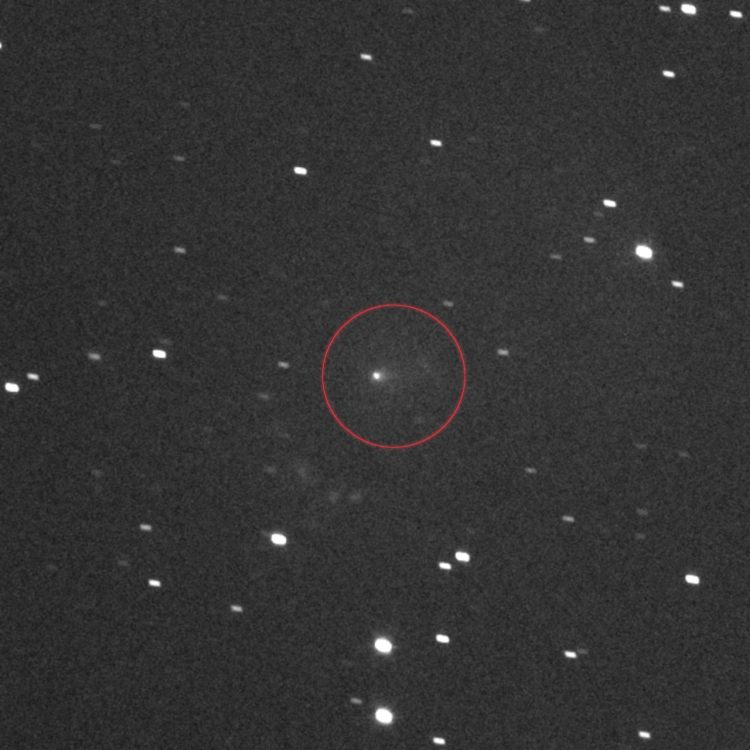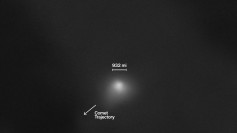An unusual interstellar visitor known as 3I/ATLAS is accelerating debate within the scientific community, as researchers confront a growing list of anomalies that raise questions about whether the object behaves like a natural comet. The object's approach toward Jupiter in March 2026 has intensified scrutiny, particularly as some astronomers argue that its trajectory and physical characteristics defy conventional explanations. Institutions including NASA have cautioned against speculative interpretations, but analysts studying the probabilities behind its orbital mechanics say the data set is becoming increasingly difficult to attribute to chance.
The most immediate concern for observers is the projected perijove distance of 3I/ATLAS during its 2026 Jupiter encounter. Forecasts indicate a passage of 53.445 million kilometers-almost identical to Jupiter's Hill radius of 53.502 million kilometers. Researchers note that such a match carries a probability of just 0.00004, and the alignment appears to have been enabled by non-gravitational acceleration observed earlier in the object's solar approach. Some analysts have described the event as statistically extraordinary, arguing that the trajectory resembles an object aiming to deploy material or devices near Jupiter's Lagrange points.
Additional timing-related anomalies have amplified the debate. Statistical assessments place the probability at 0.00005 that 3I/ATLAS would pass within tens of millions of kilometers of Mars, Venus, and Jupiter while remaining unobservable from Earth during its perihelion phase. Analysts have also pointed to the retrograde path of the object, which aligns within five degrees of the solar system's ecliptic plane despite its opposite direction of motion.
Physical characteristics of 3I/ATLAS have raised further questions about whether it could originate from an unusually large and fast natural object. Measurements suggest a nucleus far more massive than previous interstellar visitors, including 1I/'Oumuamua and 2I/Borisov. The object's velocity exceeds that of both earlier interstellar detections, challenging assumptions about the availability of solid material capable of producing such bodies at observed frequencies.
Chemical signatures have also puzzled researchers. The surrounding gas plume shows disproportionately high nickel levels relative to iron-an uncommon pattern among thousands of catalogued comets. Its nickel-to-cyanide ratio differs by orders of magnitude from known natural bodies, and some analysts have noted that such ratios resemble engineered metallic compositions.
Observations in mid-2025 revealed an anti-tail that persisted through July, August, and November. Unlike optical illusions ordinarily produced by dust lanes, the feature appeared as a genuine sun-facing jet. A HiRISE image captured near Mars showed a luminous extension ahead of the object, aligned with its trajectory. Some scientists have suggested the jet could represent a directed emission rather than sublimated ice, though NASA maintains current evidence remains consistent with a cometary origin.
Additional anomalies include a rapid brightening phase near perihelion and an unusually blue visual signature-effects some specialists argue could indicate an active propulsion mechanism. Analysts have also pointed to non-gravitational acceleration too strong to be explained by sublimation alone, especially given that preliminary imaging showed the object's structural integrity remained intact.
Researchers say the next critical step is spectroscopic analysis of the jets surrounding 3I/ATLAS. Measurements of exhaust composition and velocity may help determine whether the emissions match natural volatile outgassing or originate from a directed, possibly technological, mechanism.



